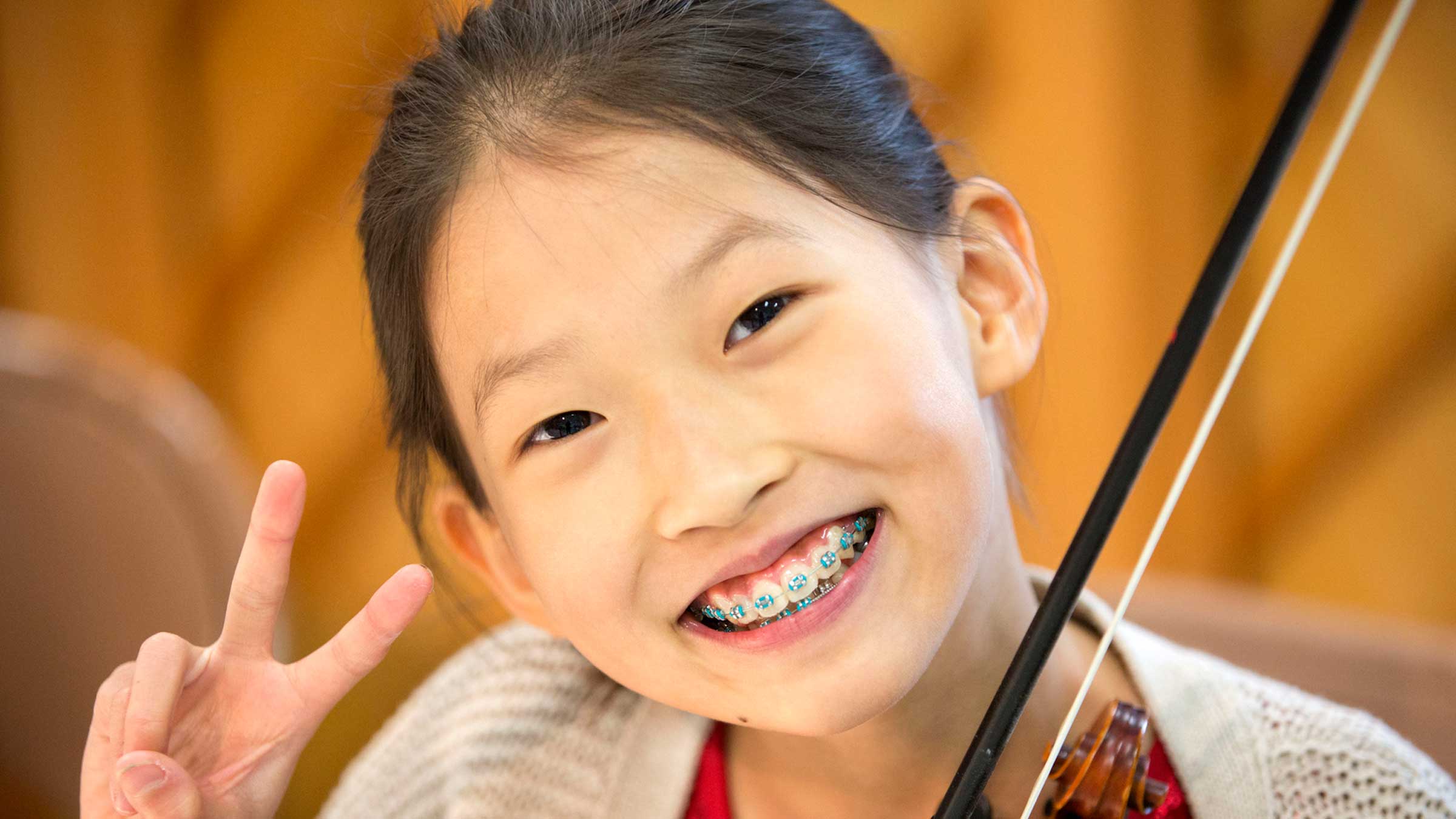
It’s hard enough to accept that you’ll be paying for braces for your child.
But when the orthodontist recommends two phases of braces, first with your child’s baby teeth, then with their adult teeth, you might be a bit skeptical. Why two phases? After all, you may have had only one set of braces when you were an early teen, and your teeth still look pretty good.
Are “phase 1” braces worth it?
It depends. Not every child will need two phases of orthodontic work. Most patients need only one phase. Patients who have a normal bite but crooked teeth can start treatment in their teens or as adults and complete the treatment in about two years.
You can be treated with one phase even if there’s a large overjet — a significant gap between the top front teeth and the bottom front teeth, a condition sometimes called “buck teeth.”
Sometimes two phases of orthodontic treatment are necessary. Braces might be put on when a child is between the ages of 7 and 10, which would be phase 1. Those braces will be removed usually in a year, then the child will wear a retainer. When their adult teeth are all in, they may need a second set of braces (“phase 2”) to correct any misalignment.
Phase 1 treatment is aimed at correcting the growth of the jaw and any problems with the bite such as an underbite or an excessive overjet. That treatment also allows adult teeth to come in straight, instead of being crowded in and crooked. Sometimes the early phase of braces can prevent the need for jaw surgery later on. Those early braces can modify the way your jaw grows until it stops growing, which is by age 16 for females and 18 to 21 for males.
When two-phase orthodontic work may be necessary
Two phases of braces typically are necessary in these cases:
Severe overbite
An overbite occurs when your upper front teeth stick out well beyond your lower front teeth. That can put those teeth, which jut out, at risk of being chipped or broken during a hit or fall — while playing sports, for example.
Severe underbite
An underbite is when the lower teeth extend further out than the upper teeth so the top and bottom teeth don’t align correctly. Sometimes a significant underbite comes with a midface deficiency. That’s when your upper jaw, cheekbones and eye sockets have not grown as much as the rest of your face. As a result, your jaw may appear as if it is sticking out and your eyes may seem large. To correct the problem before age 8 or 9, a child can wear an orthodontic appliance called a facemask. The device gradually shifts the upper jaw so it's better aligned with the lower jaw.
Posterior crossbite
A posterior crossbite is when your upper back teeth sit inside your bottom teeth. People with this condition often have a narrow upper jaw with a high roof, creating a narrow airway. This condition can affect the way children breathe when they sleep. Expansion of upper jaw bone can help alleviate the problem.
Loss of one or more baby teeth that aren’t immediately replaced with adult teeth
Sometimes children who aren’t brushing their teeth regularly and eating a lot of sugar can lose one or more baby teeth early — before their adult teeth are ready to emerge. When that happens, an orthodontist can add a space-saver to keep that space for the adult tooth that will eventually grow in there.
It’s very important for you to begin seeing an orthodontist as early as possible, even as early as 7 if there’s a problem. Braces and other orthodontic appliances can modify how teeth grow at 7 or 10 years old, but if you wait for treatment until your child is 17 or l8 years old, they just might need to have surgery.

Healthy teeth start here
Ohio State offers complete general and specialty dental care, including emergency care for patients of all ages.
Schedule an appointment




